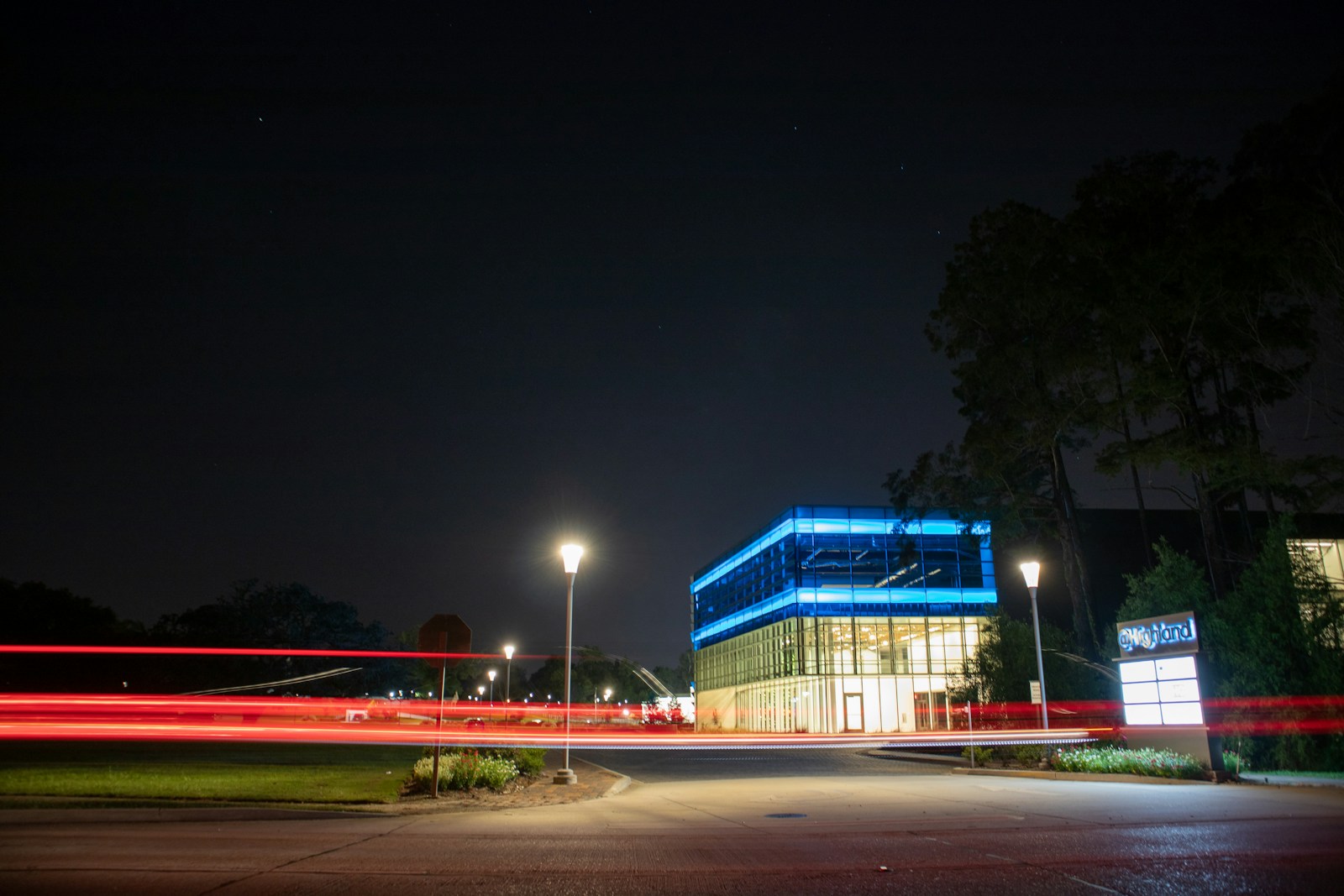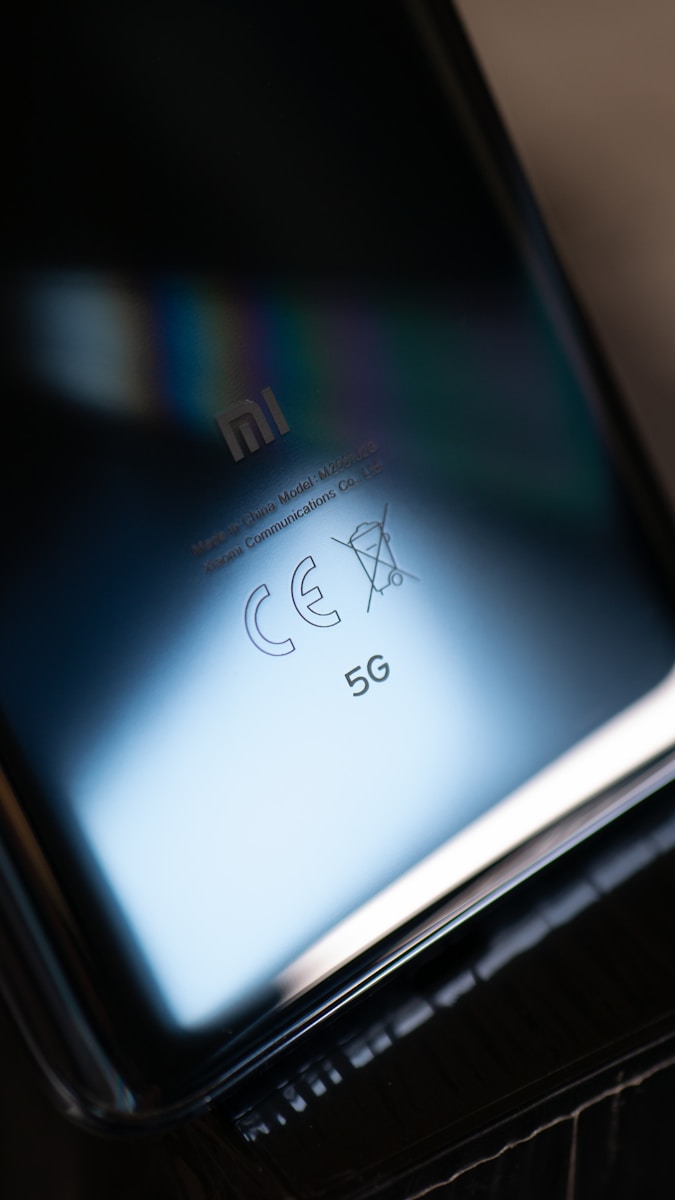Leveraging Digital Twins for Smart City Innovation
Introduction to Digital Twins in Smart City Infrastructure
The integration of digital twins in smart city infrastructure is revolutionizing urban development by optimizing the design and operation of various systems. Digital twins—virtual replicas of physical entities—provide city planners and administrators with the tools to simulate, analyze, and enhance different aspects of urban infrastructure in real-time. In regions like Saudi Arabia and the UAE, where there is a strong emphasis on technological advancement and sustainable urban growth, the adoption of digital twins is essential for creating efficient, resilient, and innovative cities.
In Saudi Arabia and the UAE, where rapid urbanization and smart city initiatives are driving economic development, digital twins offer significant benefits. These virtual models enable real-time monitoring and management of urban systems, including transportation networks, energy grids, and public services. By integrating data from IoT devices, sensors, and other sources, digital twins provide a comprehensive view of the city’s infrastructure, allowing for proactive maintenance, optimization, and strategic planning.
Moreover, digital twins facilitate the simulation of various scenarios, enabling city planners to evaluate the impact of different design choices and operational strategies. This capability is particularly valuable in addressing complex urban challenges such as traffic congestion, energy consumption, and environmental sustainability. By leveraging digital twins, cities can make data-driven decisions that enhance the quality of life for residents and support long-term growth and development.
Optimizing Urban Infrastructure Design
The application of digital twins in smart city infrastructure significantly enhances the design of urban infrastructure. By creating detailed virtual models of city components, planners can simulate and analyze various design alternatives before implementation. This approach allows for the identification of optimal solutions that balance functionality, cost, and sustainability.
In Saudi Arabia and the UAE, where ambitious smart city projects like NEOM and Masdar City are being developed, digital twins play a crucial role in optimizing urban design. These virtual models integrate data from diverse sources, including geographic information systems (GIS), building information modeling (BIM), and environmental impact assessments. This integration ensures that all relevant factors are considered in the design process, resulting in infrastructure that is both efficient and resilient.
Furthermore, digital twins enable the visualization of future urban scenarios, allowing planners to anticipate and address potential challenges. For instance, by simulating traffic patterns and public transportation usage, city planners can design road networks and transit systems that minimize congestion and improve mobility. Similarly, digital twins can be used to optimize the placement of green spaces, public facilities, and utility networks, ensuring that the city’s infrastructure meets the needs of its growing population.
Enhancing Urban Infrastructure Operation
The use of digital twins in smart city infrastructure extends beyond design optimization to include the operation and management of urban systems. By providing real-time data and predictive analytics, digital twins enable city administrators to monitor and optimize the performance of various systems continuously.
In Saudi Arabia and the UAE, where smart city initiatives are focused on creating efficient and sustainable urban environments, digital twins offer a powerful tool for infrastructure management. For example, digital twins can be used to monitor the energy consumption of buildings and public facilities, identifying opportunities for energy savings and reducing greenhouse gas emissions. Similarly, digital twins can optimize the operation of water supply and wastewater treatment systems, ensuring that these critical services are delivered efficiently and sustainably.
Additionally, digital twins facilitate the proactive maintenance of urban infrastructure by predicting potential issues before they occur. By analyzing data from sensors and IoT devices, digital twins can identify signs of wear and tear, structural weaknesses, or other problems that may require attention. This proactive approach reduces the risk of unexpected failures and extends the lifespan of infrastructure assets, ultimately saving costs and improving service reliability for city residents.
Strategic Business Advantages and Executive Coaching
The integration of digital twins in smart city infrastructure offers strategic advantages for businesses and city administrations. For business executives and urban planners in Saudi Arabia and the UAE, understanding the benefits of this technology is crucial for driving innovation and achieving long-term success. By adopting digital twins, cities can enhance operational efficiency, improve service delivery, and support strategic growth initiatives.
Executive coaching services are instrumental in helping leaders navigate the complexities of implementing digital twins in smart city projects. These services provide tailored guidance and support, enabling executives to effectively integrate this technology into their operations. By focusing on strategic planning, change management, and technology adoption, executive coaches ensure that leaders are well-equipped to leverage the full potential of digital twins in urban infrastructure management.
Moreover, the use of digital twins aligns with broader trends in digital transformation and urban innovation. In Saudi Arabia and the UAE, where there is a strong emphasis on adopting cutting-edge technologies, these innovations support strategic goals related to efficiency, sustainability, and economic diversification. By embracing digital twins, cities position themselves as leaders in the global movement towards smarter, more resilient urban environments.
Leadership and Management for Technological Integration
Effective leadership and management are essential for successfully integrating digital twins in smart city infrastructure. Executives and managers must possess the skills to drive technological change, manage cross-functional teams, and foster a culture of innovation. In the context of urban development in Saudi Arabia and the UAE, these leadership skills are crucial for navigating the challenges and opportunities presented by digital twins.
Executive coaching services can help city leaders develop the competencies needed to manage the integration of digital twins effectively. By focusing on areas such as strategic planning, project management, and change management, executive coaches prepare leaders to handle the complexities of adopting new technologies. This support ensures that cities can capitalize on the benefits of digital twins, achieving operational excellence and driving growth.
Additionally, fostering a culture of continuous learning and technological adaptation is vital for sustaining long-term success. Leaders must encourage their teams to embrace new technologies, explore innovative solutions, and stay ahead of industry trends. By promoting an environment of growth and adaptability, cities can effectively leverage digital twins to optimize urban infrastructure and achieve their strategic objectives.
Conclusion: Embracing the Future with Digital Twins in Urban Development
In conclusion, the integration of digital twins in smart city infrastructure represents a transformative advancement in urban planning and management. By providing enhanced design and operational capabilities, these technologies offer substantial benefits to cities in Saudi Arabia and the UAE. For business executives, urban planners, and city administrators, understanding and leveraging these innovations is key to achieving business success and maintaining a competitive edge.
With the support of executive coaching services and a commitment to effective leadership, cities can successfully integrate digital twins into their urban infrastructure projects. This proactive approach ensures that cities are well-positioned to harness the full potential of these technologies and achieve long-term success in a rapidly evolving urban landscape.
Ultimately, embracing digital twins in smart city infrastructure is not just about technological innovation; it is about driving growth, enhancing operational efficiency, and contributing to the broader goals of urban excellence and progress in the global market. As cities continue to evolve, the integration of these technologies will play a crucial role in shaping the future of urban living and improving the quality of life for residents.
#DigitalTwins #SmartCityDevelopment #UrbanInfrastructure #SaudiArabiaTechnology #UAEInnovation #AIinUrbanPlanning #ExecutiveCoaching #ModernTechnology #BusinessSuccess #LeadershipSkills #ProjectManagement









